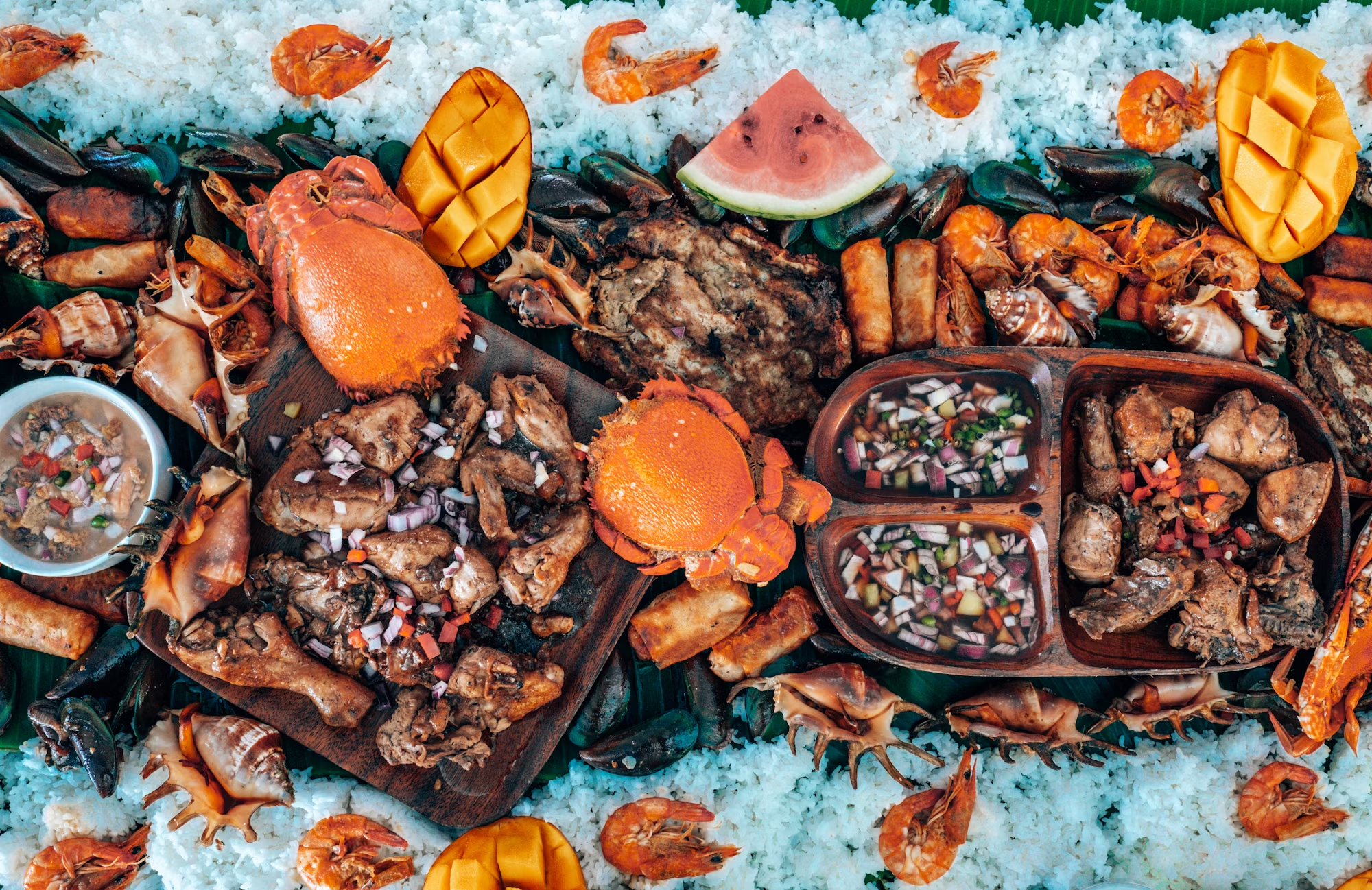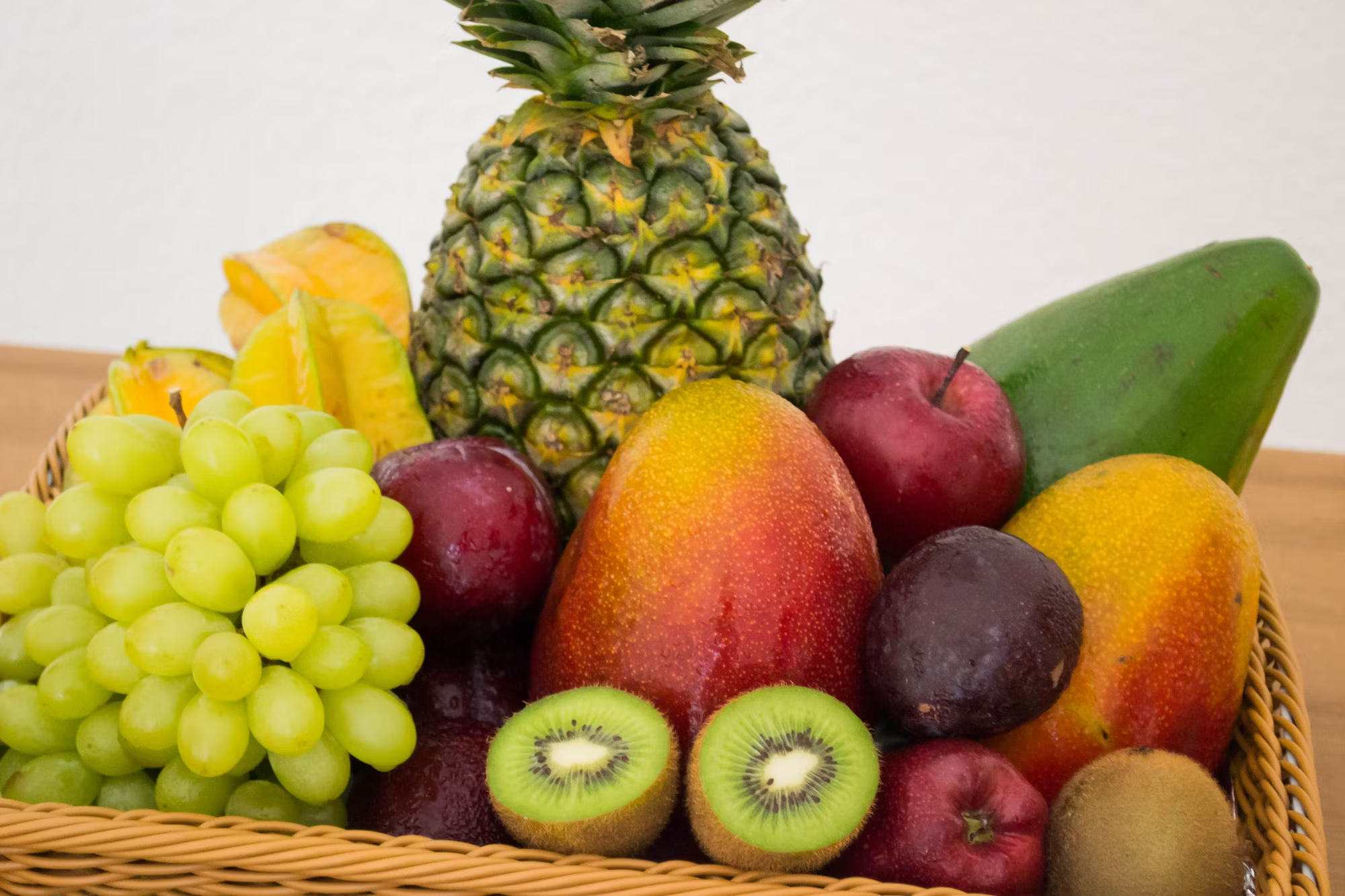Citrus fruits are not just a treat for the taste buds; they also pack a nutritional punch that can benefit your health in many ways. With their vibrant colors, refreshing flavors, and enticing aromas, citrus fruits like oranges, lemons, limes, and grapefruits have become staples in cuisines worldwide. This article will explore the different types of citrus fruits, their health benefits, culinary applications, and tips for enjoying them to the fullest.
A Palette of Citrus Varieties
Citrus fruits belong to the Rutaceae family and are known for their juicy segments and tangy flavors. Here are some of the most popular citrus fruits:
1. Oranges
Oranges are perhaps the most widely consumed citrus fruit. Their sweet and juicy flesh makes them a favorite for snacking, juicing, and cooking. Rich in vitamin C, folate, and potassium, oranges support a healthy immune system and promote heart health.
2. Lemons
Lemons are celebrated for their tartness and versatility. From lemonade to salad dressings, the juice of lemons adds a bright flavor to a variety of dishes. Lemons are also a great source of vitamin C and contain beneficial plant compounds that may help reduce inflammation.
3. Limes
Limes, like lemons, are known for their sharp, tangy flavor. They are essential in many cocktails, marinades, and desserts. Limes are rich in vitamin C and provide antioxidants that contribute to overall health and well-being.
4. Grapefruits
Grapefruits are a unique citrus fruit with a sweet-tart flavor. Available in pink, red, and white varieties, they are often enjoyed as a breakfast fruit or in salads. Grapefruits are low in calories but high in vitamins A and C, making them a great choice for a nutritious snack.
5. Tangerines and Clementines
Tangerines and clementines are small, sweet citrus fruits that are easy to peel and eat. Their delightful sweetness makes them perfect for snacking, while their vitamin C content supports a healthy immune system.
Nutritional Benefits of Citrus Fruits
Citrus fruits are packed with essential nutrients that can positively impact your health. Here are some of the notable benefits:
1. Rich in Vitamin C
One of the standout features of citrus fruits is their high vitamin C content. This powerful antioxidant helps boost the immune system, supports collagen production for healthy skin, and aids in the absorption of iron from plant-based foods.
2. Hydration
Citrus fruits have a high water content, making them excellent choices for staying hydrated. Consuming fruits with high water content can help maintain optimal hydration levels, especially during hot weather.
3. Heart Health
Regular consumption of citrus fruits has been linked to improved heart health. The flavonoids and vitamin C in these fruits may help reduce the risk of heart disease by lowering blood pressure, reducing cholesterol levels, and improving overall heart function.
4. Weight Management
Citrus fruits are low in calories and high in fiber, making them ideal for weight management. The fiber content helps you feel full and satisfied, reducing the likelihood of overeating.
5. Digestive Health
The fiber in citrus fruits aids in digestion and promotes gut health. Fiber helps regulate bowel movements and can prevent constipation, contributing to overall digestive wellness.
Culinary Uses of Citrus Fruits
Citrus fruits are incredibly versatile and can enhance a wide range of dishes. Here are some creative culinary applications:
1. Juicing
One of the most common ways to enjoy citrus fruits is through juicing. Freshly squeezed orange juice, lemon lemonade, and limeade are refreshing beverages that can brighten up any day. Citrus juices can also be used as bases for cocktails, marinades, and dressings.
2. Salads
Citrus fruits can add a burst of flavor to salads. Toss segments of oranges or grapefruits with mixed greens, nuts, and cheese for a refreshing salad. A citrus vinaigrette can enhance the overall taste, combining the fruit’s zest with olive oil and vinegar.
3. Desserts
Citrus fruits can elevate desserts to new heights. Lemon bars, orange sorbet, and lime cheesecake are just a few examples of sweet treats that showcase the tangy flavors of citrus. Their acidity balances sweetness, creating delightful contrasts.
4. Marinades and Sauces
The acidity in citrus juices makes them excellent for marinades, helping to tenderize meats while infusing them with flavor. Combine citrus juice with herbs and spices to create marinades for chicken, fish, or tofu.
5. Zesting
Citrus zest is a culinary gem. The outer peel of citrus fruits contains essential oils that provide intense flavor. Grate the zest of lemons, limes, or oranges to add a burst of freshness to dishes, desserts, or beverages.
Tips for Enjoying Citrus Fruits
To make the most of citrus fruits, consider these practical tips:
1. Choose Fresh Fruits
When selecting citrus fruits, look for those that are heavy for their size, with firm skins and vibrant colors. Avoid fruits with soft spots or blemishes, as these may indicate spoilage.
2. Storage
Citrus fruits can be stored at room temperature for a short time, but for longer shelf life, keep them in the refrigerator. This helps maintain their freshness and juiciness.
3. Experiment with Combinations
Don’t hesitate to experiment with different citrus fruits in your dishes. Combining various types can create unique flavor profiles that elevate your culinary creations.
4. Incorporate the Whole Fruit
Whenever possible, use the entire fruit, including the zest and pith. The zest contains concentrated flavors and essential oils that can enhance your dishes.
5. Explore New Recipes
Try new recipes that feature citrus fruits. From savory to sweet, the possibilities are endless. Explore international cuisines that use citrus creatively, such as Thai, Mediterranean, or Mexican dishes.
Conclusion
Citrus fruits are not only a delightful addition to your diet but also offer a wealth of health benefits. Their bright flavors and versatile uses make them a staple in many kitchens around the world. By incorporating citrus fruits into your meals, you can enjoy their refreshing taste while reaping the rewards of their nutritional value. So, the next time you’re at the grocery store, be sure to stock up on these zesty gems and let your culinary creativity shine.









